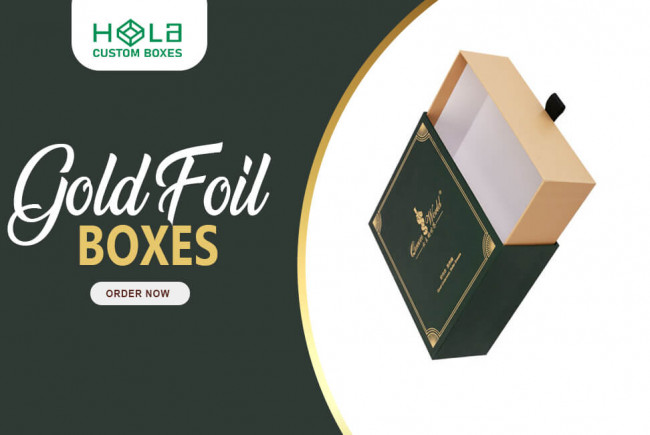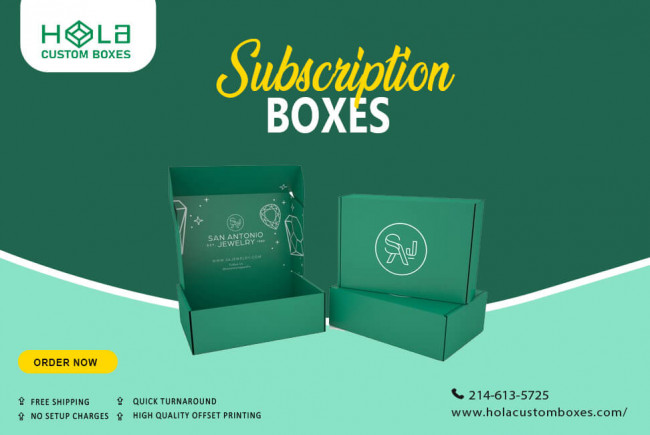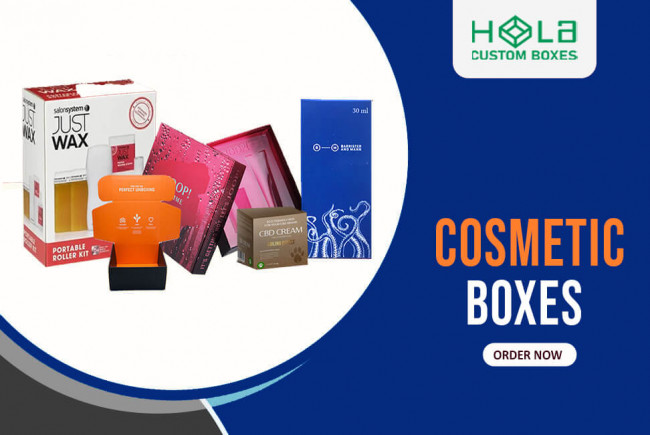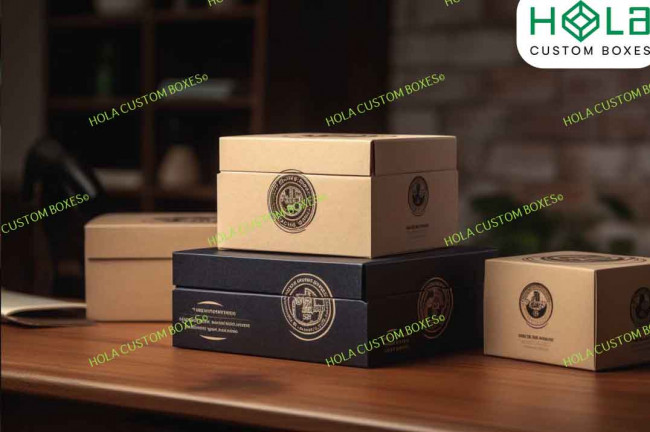
Picture your business as a puzzle - each piece unique and essential to the overall picture. Now, imagine your packaging as the final piece that completes the puzzle.
It's not just a box or bag; it's an extension of your brand identity and a representation of what sets you apart from competitors. Custom packaging is the cherry on top that ties everything together in a neat, memorable package for your customers.
In this article, we'll guide you through the process of creating custom packaging that fits your business like a glove. By understanding the benefits of customization, defining your brand identity, designing with intention, choosing materials wisely, adding personalized details and finishing touches, testing and refining your packaging strategy, and ultimately implementing it into your business plan effectively - you'll have all the tools necessary to elevate your brand image and leave lasting impressions on customers.
So let's get started!
Key Takeaways
- Custom packaging is an extension of brand identity and can differentiate a business from competitors and establish it as an authority in the industry.
- Choosing the right materials and type of packaging is crucial for durability, sustainability, and protecting products during transportation.
- Personalization can enhance customer experience and make them feel valued, but budget constraints should be considered when implementing custom packaging.
- Testing and gathering feedback can help refine packaging design and strategy while balancing cost-effectiveness and impact on customer satisfaction.
Understanding the Benefits of Custom Packaging
You'll love how custom packaging can boost your brand and make your products look even more amazing on the shelves, drawing in customers like a magnet. The designing process for custom packaging involves creating a unique design that represents your brand while also being functional to protect your product during transportation. With custom packaging, you have complete control over the design, shape, and materials used.
One of the biggest advantages of using custom packaging is its marketing impact. Customized packages help create a memorable experience for your customers by leaving a lasting impression. A well-designed package can be eye-catching and can convey important information about your product or brand. By incorporating branding elements such as logos, colors, and messaging into the design, you can differentiate yourself from competitors in a crowded marketplace.
Custom packaging not only helps increase brand recognition but also adds value to your products. It shows that you care about providing an exceptional experience for customers right from the moment they receive their order. In addition to this, custom packaging can also be environmentally friendly by using sustainable materials that align with your company's values.
Overall, investing in customized packages is an effective way to elevate your business and stand out in today's competitive market.
Defining Your Brand Identity
Defining your brand identity is crucial for establishing a unique and recognizable image that will resonate with your target audience. This process involves developing your message and determining the visual elements of branding that will represent your business.
Your brand identity should reflect what makes your business unique, such as its values, mission statement, and overall personality. To develop a strong brand identity, start by identifying your target audience and understanding their needs and preferences. This will help you tailor your message to appeal to them specifically.
Once you have a clear idea of who your audience is, think about the visual elements that will represent your brand, such as color schemes, typography, logos, and imagery. These elements should be consistent across all of your packaging materials to create a cohesive look.
Remember that creating a strong brand identity takes time and effort but is essential for building customer loyalty and increasing sales. By defining your brand identity early on in the packaging design process, you can ensure that every aspect of your packaging reflects the values and personality of your business.
With a well-defined brand identity, you can stand out from competitors and establish yourself as an authority in the industry.
Designing Your Custom Packaging
When it comes to designing your packaging, think of it like putting together an outfit that represents your brand and catches the eye of potential customers, just as you would dress to impress at a networking event.
Your packaging is the first thing that customers see when they receive your product. Therefore, it's essential to make sure it's designed with intention and purpose.
One aspect to consider when designing custom packaging is color psychology. The colors you choose can evoke emotions in your customers and influence their buying decisions. For example, blue can represent trust and security, while green can symbolize growth and nature. By understanding the psychology behind colors, you can select hues that align with your brand values and messaging.
Another important factor in designing custom packaging is graphic design. This includes everything from choosing fonts to creating logos or illustrations that represent your brand.
Your design should be consistent across all products so that customers recognize your brand immediately when they see it on store shelves or online marketplaces. Additionally, consider how the graphics will appear on different types of materials such as cardboard boxes or plastic bags to ensure they are legible and visually appealing regardless of the medium used for printing.
Choosing the Right Materials
Selecting the appropriate materials for your packaging is crucial in properly representing your brand and ensuring its durability during transport. When choosing the right materials, you need to consider both eco-friendly options and cost-effective solutions.
Eco-friendly materials may be more expensive, but they can help reduce your business's carbon footprint. You can opt for biodegradable or compostable materials that are made from renewable resources. On the other hand, if you're on a tight budget, it's important to find cost-effective solutions without compromising quality.
You can still use recycled materials that are sturdy enough to protect your product during shipping. By using recycled cardboard boxes or paper bags, you not only save money but also show your customers that you're committed to sustainability.
Moreover, depending on what kind of product you're selling, it's essential to choose the right type of packaging material. For instance, if you sell fragile items such as glassware or electronics, you'll need more protective packaging material like bubble wrap or foam inserts. Whereas if you sell clothing items or non-fragile products, sustainable options like tissue paper may suffice.
Ultimately, choosing the right materials for your custom packaging will help ensure customer satisfaction while keeping costs under control and reducing environmental impact.
Adding Custom Details and Finishing Touches
Now it's time to jazz up your packaging and make it stand out from the crowd by adding unique custom details that will knock your customers' socks off. With a little creativity and some finishing touches, you can turn an ordinary box into a work of art that perfectly complements your brand's personality and style.
Emphasizing uniqueness is key in creating memorable packaging. Think outside the box and consider incorporating unexpected elements such as textured papers, embossed logos, or even custom shaped boxes. These small but impactful details will leave a lasting impression on your customers and set you apart from competitors.
Personalizing the experience is also important when designing custom packaging. Consider adding personalized thank you notes or branded stickers to show appreciation for their business. Another idea is to include QR codes that lead customers to exclusive content or promotions. These thoughtful touches not only enhance the overall customer experience but also strengthen brand loyalty.
Testing and Refining Your Packaging
Fine-tuning the design of your packaging is like polishing a gem - it's all about refining the details until it shines with brilliance and perfection.
One way to do this is by testing and gathering customer feedback. Before launching your product, consider sending out samples to potential customers or conducting focus groups. This will give you valuable insights into what works and what needs improvement.
Iterative design is another approach that can help you refine your packaging. Instead of creating a final product in one go, make small improvements along the way based on feedback from customers or colleagues. This process allows you to fine-tune your design without having to start from scratch each time.
Cost optimization is also an important consideration when testing and refining your packaging. Look for ways to reduce costs without sacrificing quality or functionality. For example, experimenting with different materials or shapes can often lead to more efficient designs that are still visually appealing and functional.
By taking a strategic approach to testing and refinement, you can create custom packaging that perfectly fits your business while maximizing value for your customers.
Implementing Your Custom Packaging Strategy
As you move forward with your packaging strategy, it's crucial to implement a plan that aligns with your brand image and enhances the overall customer experience. When implementing your custom packaging strategy, be sure to consider how you can maximize its impact on the customer.
This means thinking about all aspects of the packaging, from design to materials used. One way to maximize impact is through personalization. Adding a personal touch can make customers feel valued and enhance their overall experience with your brand.
Consider adding custom notes or stickers with each order, or even personalized packaging for special occasions like holidays or birthdays. However, keep in mind budget constraints when considering these options. Another way to implement your custom packaging strategy is by testing different variations of the design and materials used.
Gathering feedback from customers on what they liked or didn't like about the packaging can help refine future designs and ensure maximum impact on customer satisfaction. It's important to balance both cost-effectiveness and maximizing impact when deciding on a final design for your custom packaging strategy.
By following these tips, you can create a memorable experience for customers while staying within budget constraints.
















